Lewis Hamilton fastest as Nico Rosberg crashes at Australian GP
- Published

Radio 5 live's Tom Clarkson said Hamilton "might be smiling in the garage" at Rosberg's misfortune
Nico Rosberg crashed his Mercedes in second practice at the season-opening Australian Grand Prix.
The bad start to his campaign was emphasised as team-mate Lewis Hamilton used the best of the damp conditions to set the pace at Albert Park.
Rosberg lost control accelerating out of Turn Six on a wet track, breaking off his front wing, and had to stop on the circuit to avoid dropping debris.
Hamilton begins his attempt to win a fourth world title this weekend.
He and Rosberg have battled for the drivers' championship for the past two years, and their intense rivalry is expected to resume at Albert Park this Sunday - live on 5 live from 04:00 GMT and online from 03:30.
The damp track meant Rosberg's error was not as costly as it could have been.
"I accelerated too much and lost the car," said Rosberg. "That was not good for sure. Good for me the track didn't dry out."
Hamilton, who was also fastest in first practice, did only seven laps, none on dry tyres, as he ended the session 0.467 seconds quicker than Force India's Nico Hulkenberg, who was 0.178secs ahead of Ferrari's Kimi Raikkonen. None of the drivers felt able to use dry-weather slick tyres.
Formula 1: Up close and personal with Red Bull's Daniel Ricciardo
Mercedes F1 boss Toto Wolff said that Rosberg had "lost the front wing unfortunately in circumstances we should have maybe avoided". He added: "Nico was a bit unlucky. He did not have a lot of running in the first session and then when he tried to compensate for that he ended up in the wall. Lewis had a good day."
Wolff admitted the events of the day had put Hamilton at an advantage.
He said: "Psychologically, first little step for 'the Hammer', but it is early days. Nico wouldn't be where he is if a scrappy Friday would cause him some headaches."
Shortly after Hamilton set his fastest time, more rain came down, frustrating the teams who are keen to get as much dry running as possible to prepare for the first race of the season.
The lack of running will be especially awkward for the teams on a weekend when they are faced with two significant rule changes.
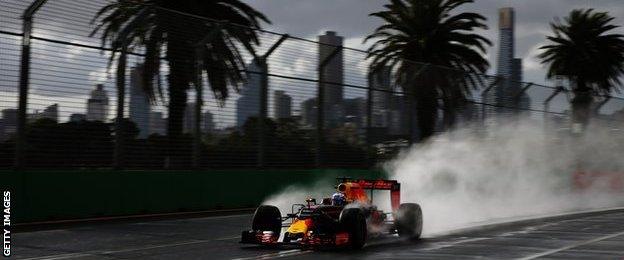
Daniel Ricciardo was one of the first drivers to brave the wet conditions at his home grand prix
The format of qualifying, which takes place at 06:00 GMT on Saturday, has changed, with the introduction of a system that will eliminate the slowest driver every 90 seconds in the second half of each of the three sessions.
And there are major restrictions on the use of team radio, with limitations on the information the teams can give to drivers.
Governing body the FIA has produced a list of 24 permitted message subjects. Anything outside that will be treated as an offence, with penalties to be decided by the race stewards.
The damp conditions meant it was still not possible to make a definitive judgement on the comparison between the cars - with all eyes on how close Ferrari are to Mercedes, who have dominated the sport for the last two seasons.
Red Bull's Daniel Ricciardo was fourth quickest ahead of Toro Rosso's Carlos Sainz and McLaren's Fernando Alonso, whose lap was especially impressive for being set when conditions were wetter than those ahead of him on the timesheets.
Alonso's team-mate Jenson Button was seventh quickest, ahead of Ferrari's Sebastian Vettel, Force India's Sergio Perez and Red Bull's Daniil Kvyat.
Renault's British novice Jolyon Palmer did not set a lap time.
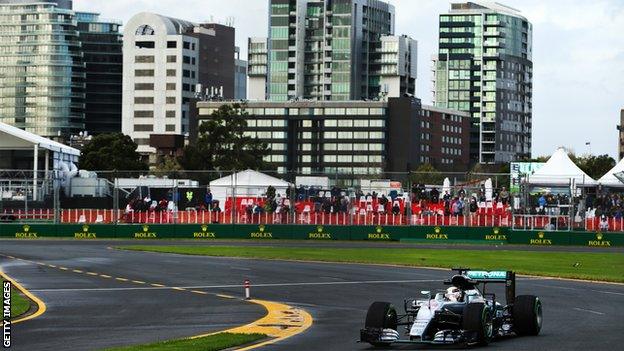
Block party: Hamilton completed only one lap, and was fastest
- Published17 March 2016
- Published17 March 2016
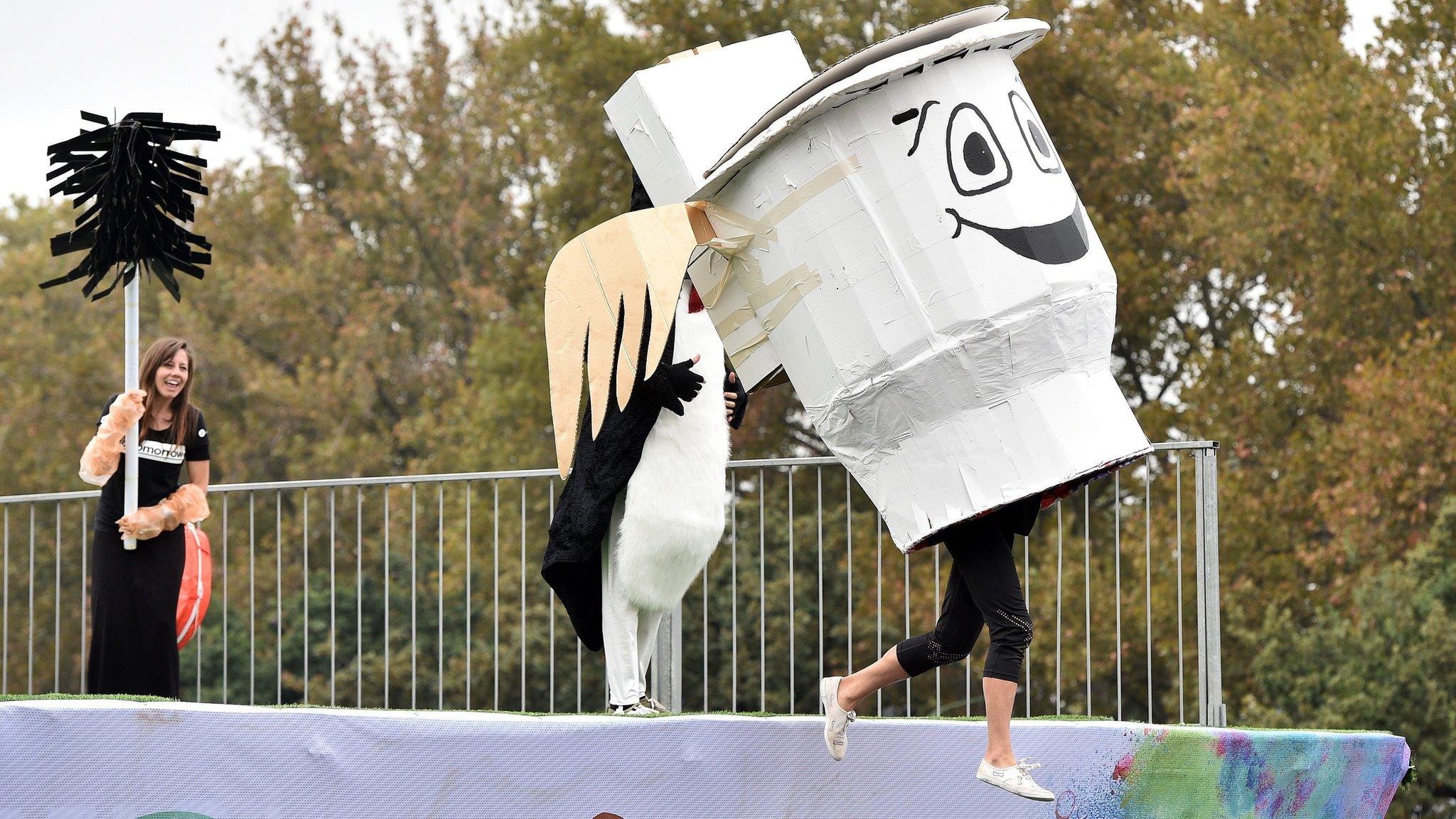
- Published17 March 2016
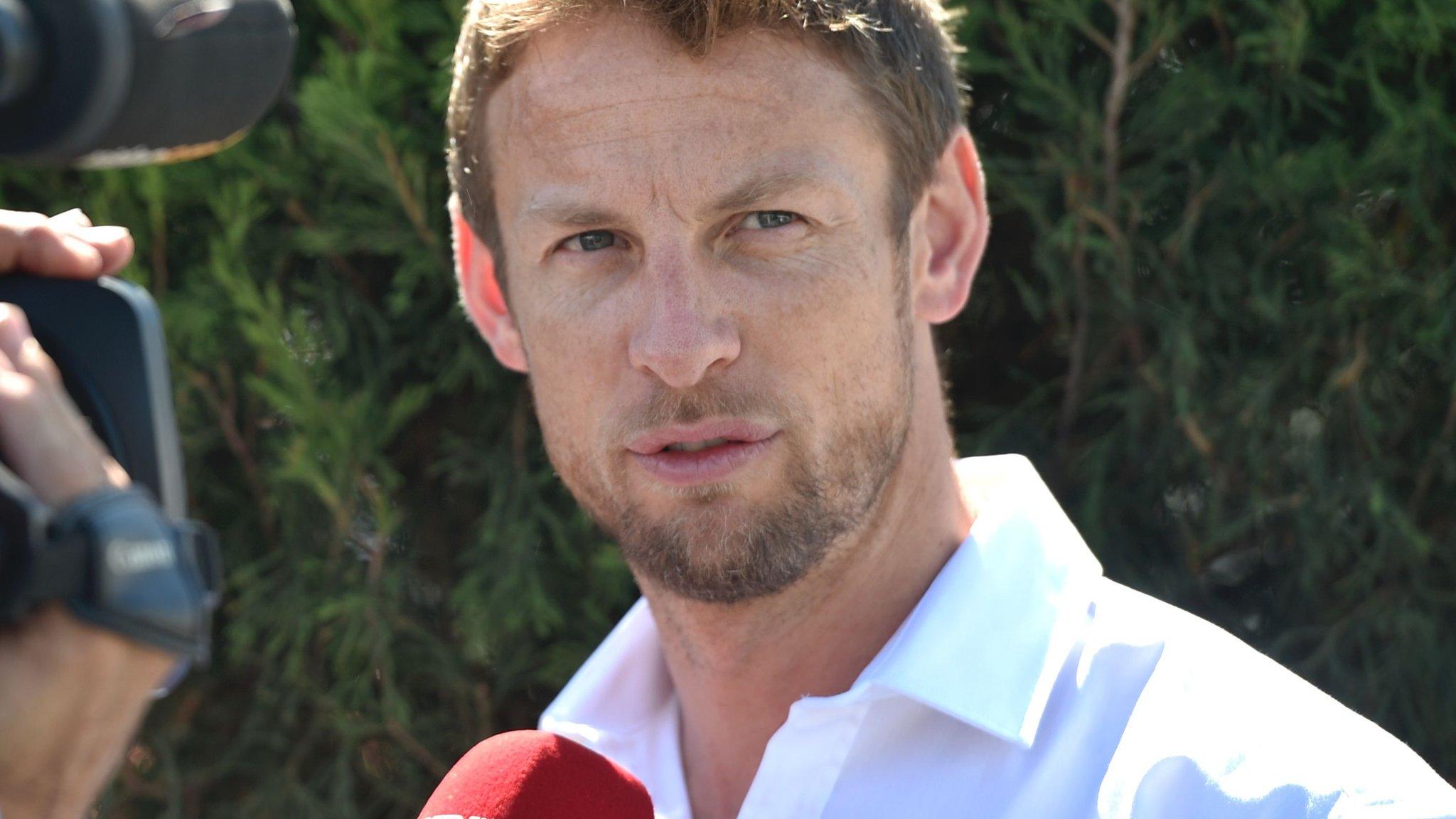
- Published14 March 2016
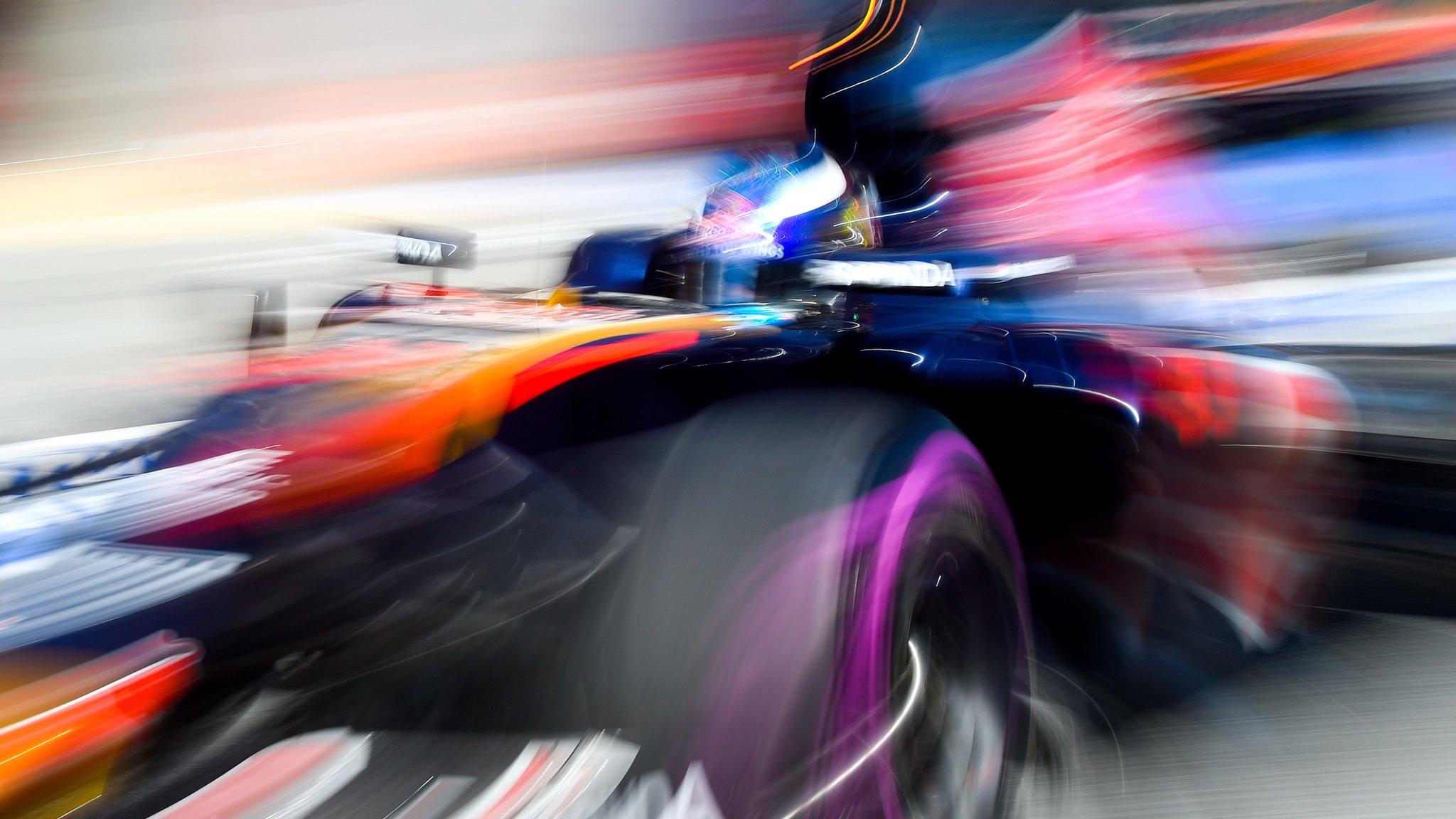
- Published27 March 2016

- Published11 March 2016
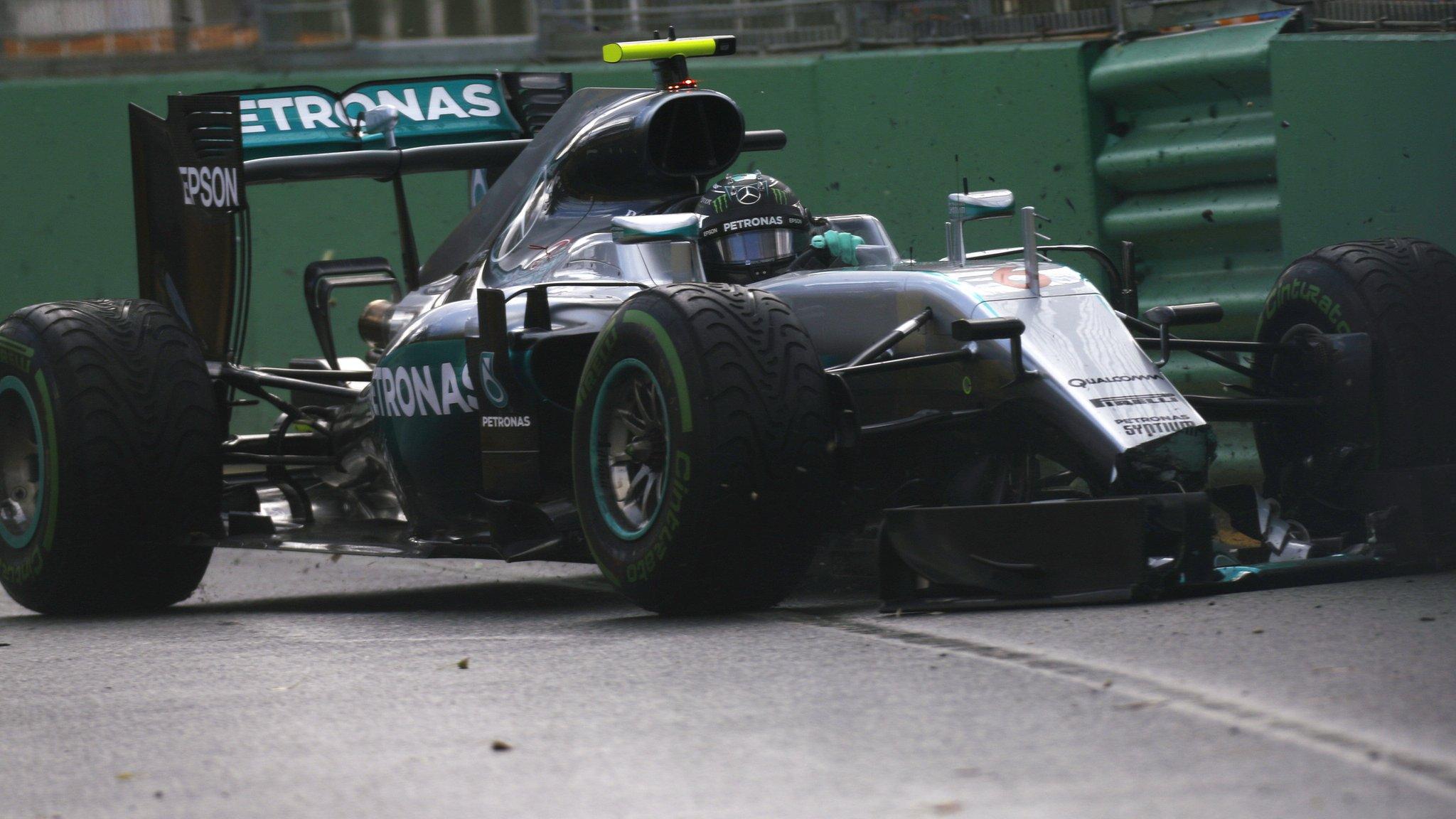
- Published18 March 2016
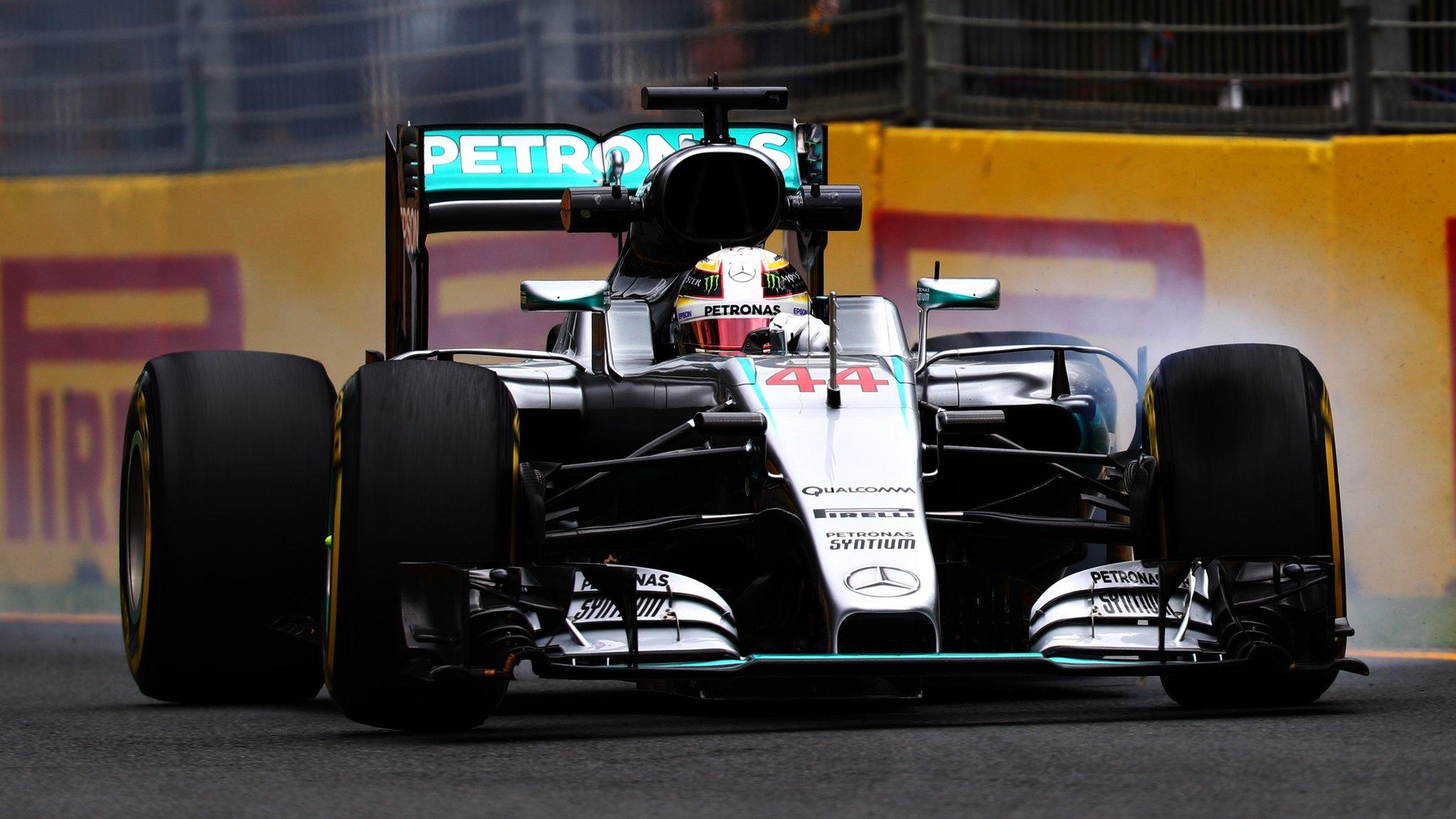
- Published17 March 2016
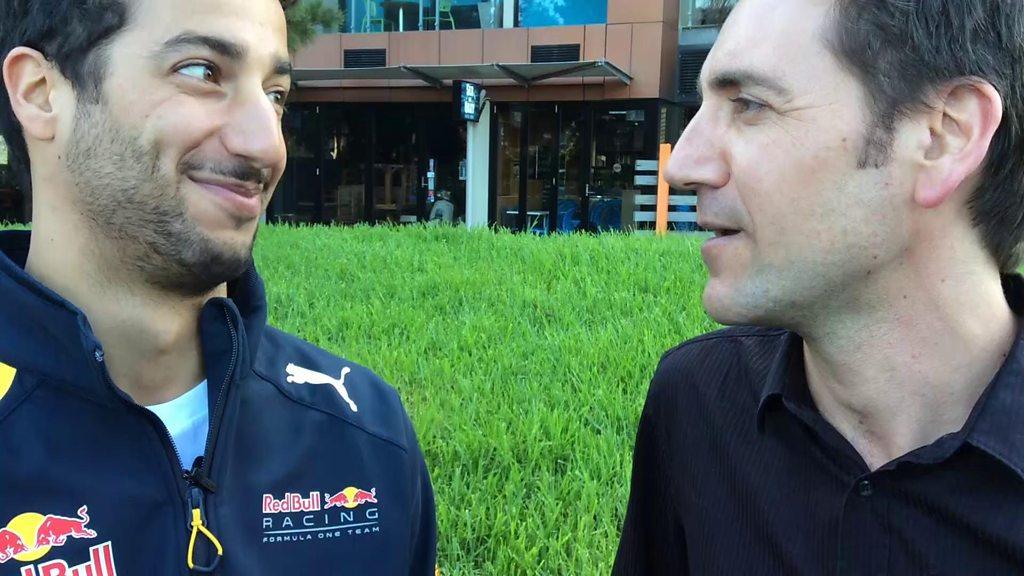
- Published2 November 2018

- Published26 February 2019
